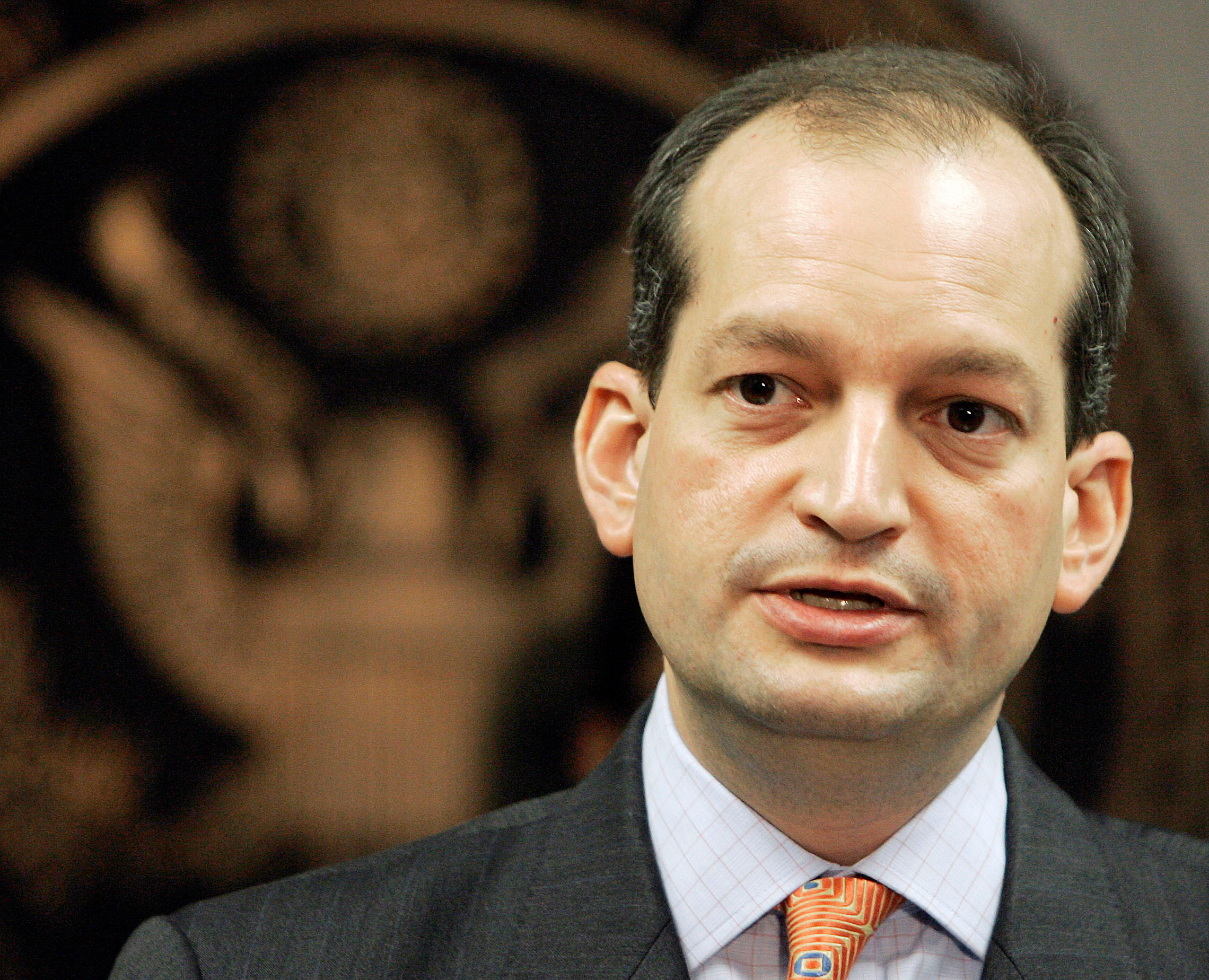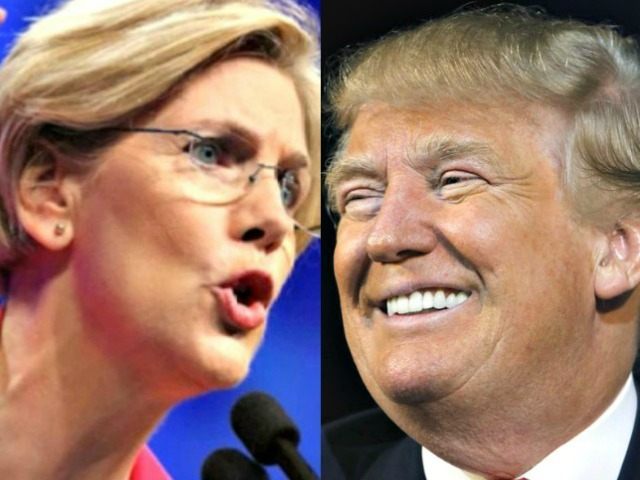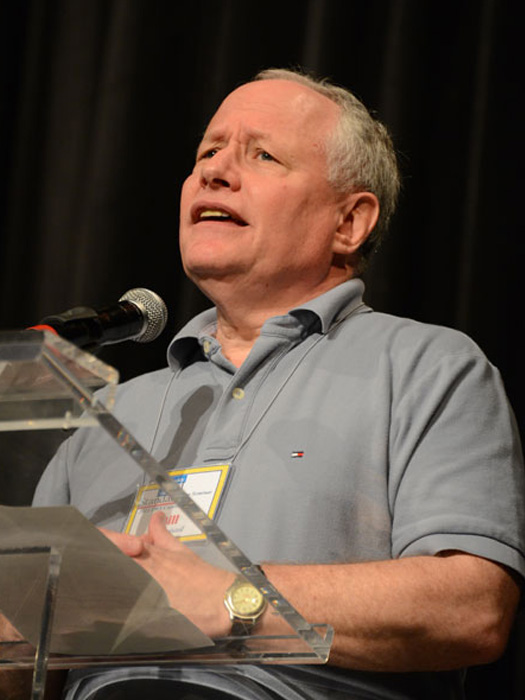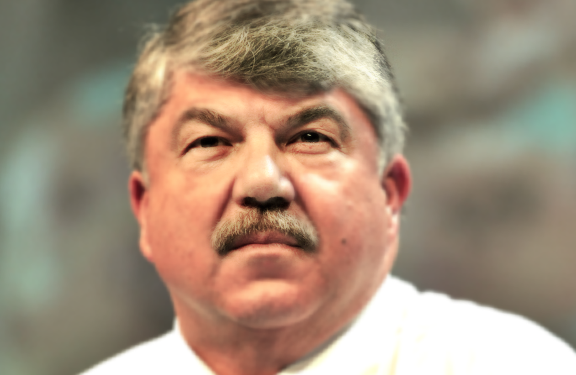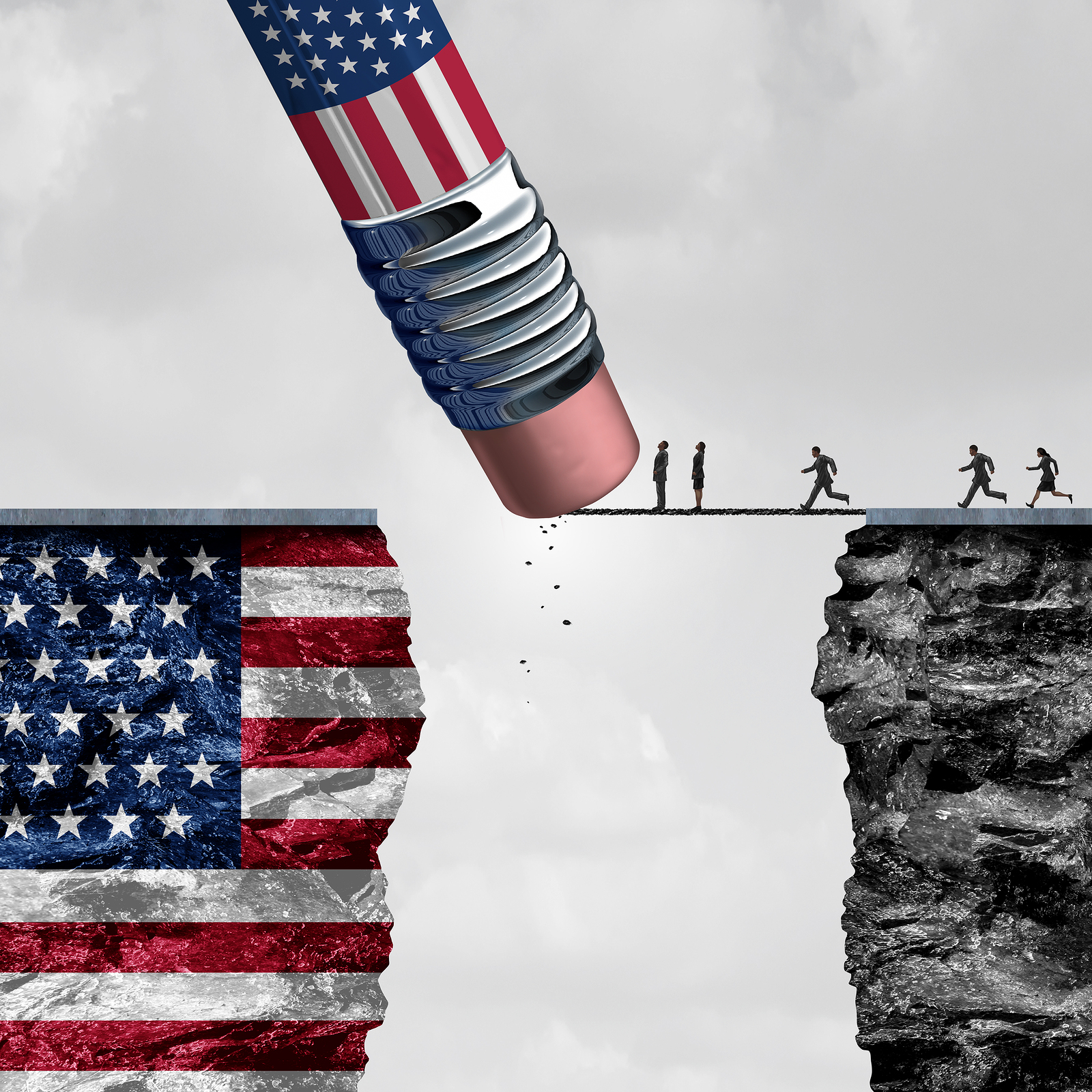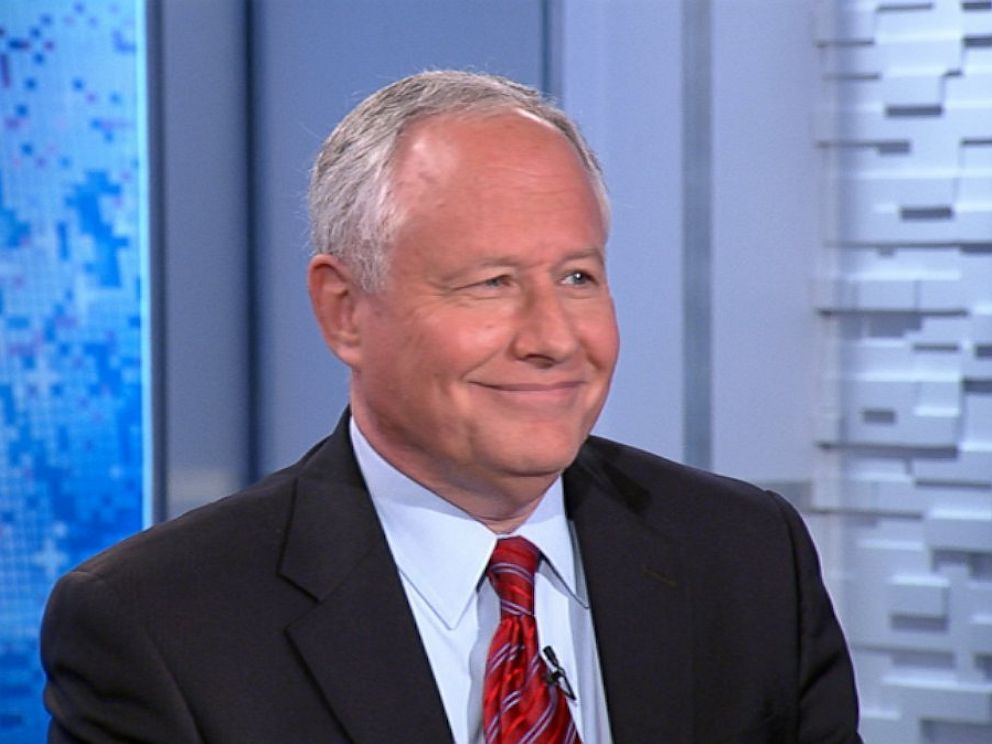
The “Politics and Eggs” breakfast at the New Hampshire Institute of Politics is one of the compulsory events in Granite State politics for anyone considering a presidential run. Conservative journalist and national leader of the #NeverTrump movement, Bill Kristol, will be making an appearance–and firing up the 2020 rumor mill–on Wednesday, May 23rd.
NHJournal’s Michael Graham caught up with Kristol at one of his Harvard Yard haunts on the eve of his speech for a quick Q&A:
MG: My first question for you is this: Is Bill Kristol coming to “Politics and Eggs” to formally announce his candidacy in the 2020 presidential race?
BK: It’s tempting, it’s tempting. But then I’d be laughed out of New Hampshire and I’d be slipping back across the border to Massachusetts in about 12 minutes. So I think I won’t do that.
I’m just talking about my analysis of the political situation. It’s always great to be in New Hampshire because people here are so interested in national politics, and they follow it much more closely than almost any other state because they’re so conscious of their “First in the Nation” primary. And I do think the fact that independents can vote in either primary–and so many New Hampshire voters are independents–means they tend to follow both parties. In some states the Republicans follow Republican stories, and the Democrats have the Democratic stories. In New Hampshire, everyone follows everything.
MG: Which potential 2020 candidate best matches the mood of the Democratic electorate?
BK: I think there are several moods going at once, which is why it’s complicated. There’s obviously a ‘We hate, loathe and despise Trump and we will reward the person who hates, loathes and despises him the most’ [mood]. There’s also a ‘Look, we’ve got a win’ [mood], with Democrats saying ‘We cannot afford to lose to this guy and, incidentally, we lost because we were out of touch with parts of middle America. Some of those concerns were legitimate, and some of those concerns are traditional Democratic concerns–stagnant wages and stuff like that–and so we need somebody who can speak to them.’
That leads you in two pretty different directions.
The conventional wisdom among Republicans in Washington is the Left has all the energy. Everything’s going Left. The empirical evidence so far in the primaries is a little mixed, I would say. Some moderates have won primaries. Some Lefties have won some primaries, and some have just been extremely close like the Nebraska [NE-2] primary. So I’m sort of open-minded about that debate on the Democratic side.
MG: What about Republicans? Trump’s approval is back in the upper 80s, approaching 90 percent among Republicans. Of those Republicans who are dissatisfied–maybe they’re reluctant Trump supporters, whatever. Are they angry at Trump, or do the just want their party to go in a different direction?
BK: I think Trump supporters–let’s just say it’s 80, 85 percent of the Republicans–are split into two categories: Half of them, some 40 percent of the Republican Party, are Trump loyalists. They believe in him. They are proud to have voted for Him. They hate his enemies and they like the fact that he’s shaking things up. But about half of Trump supporters are reluctant Trump supporters. They voted for someone else in the primary–Bush or Cruz or Rubio. They mostly voted for Trump in the general election because of Hillary and judges and so forth.
They support some of the things Trump has done, but they’re not Trump loyalists and I think they’re open to the following argument, one which you can’t really make now, you have to make it the day after the midterms:
It goes like this: ‘You voted for Trump. We’re not gonna criticize that. You support a lot of things he does. You think a lot of the criticisms of him are unfair. We’re not going to quarrel with that. But–do you really want to do this for another four years?
It’s a little crazy. It’s a little chaotic. He comes with some downside risks. In foreign policy and and other things, maybe you could just like pocket the gains and get a more normal, so to speak, Republican or Conservative.’
I think that message would have–could have– more appeal after Election Day this year. Right now it sounds like, ‘Well, you’re just anti-Trump. We’ve got to rally to Trump, we’ve got to defeat the Democrats.’ But I think November 7th [the day after the midterms], everything changes. Because the question becomes not a retrospective question of were you right to vote for trump or his critics, or ‘what about Hillary?’ It becomes a prospective question. What do you want going forward?
MG: Last question: The Democratic ticket that you think Republicans should be the most afraid of in 2020?
BK: That’s a good question. These things are actually harder to predict. I’m inclined to give the conventional answer, which I think is right, which is the more moderate the candidate Democrats nominate, the easier it is to win back some Republican voters and independents. I guess I have the kind of conventional view that that’s the most dangerous thing for the Republicans.
But you know, sometimes history fools you. Everyone thought Reagan would be easier to defeat than a more moderate Republican. Take Elizabeth Warren. [Republicans think] That’d be great. We can demonize her. She’s scary. She’s left wing.
Well, I don’t know. Maybe she could run a campaign that was pretty intelligent and get the best of both worlds: The Hillary Clinton appeal, first woman president; And some of the Sanders energy. Look, she’s a Harvard law professor. She’s not crazy.
It could be like Obama. [Independent voters saying] ‘She’s a little more liberal that I like, but she comes from modest origins.’ So I think [my fellow conservatives] may underrate Warren a little bit.




